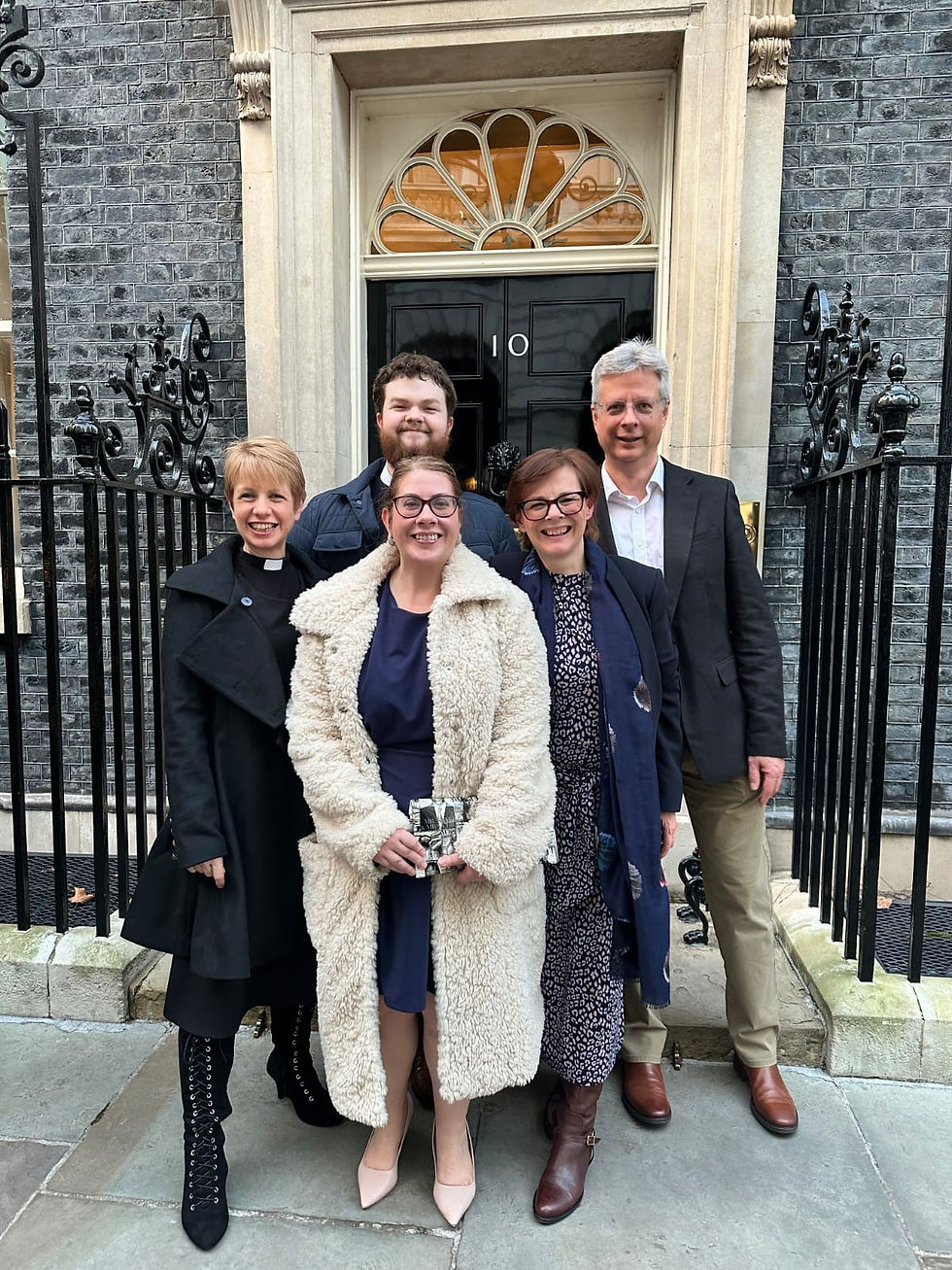Love your neighbour.
- vicar29
- Feb 23, 2023
- 2 min read
Love the Lord your God with all your heart and with all your soul and with all your mind and with all your strength.’ the second is this: ‘Love your neighbour as yourself.’ There is no commandment greater than these.” Mark 12:30-31
Put simply, this is where social justice begins, with a command at the heart of all that we are called to do and be in the world. As God loves us, He asks that we see each person we meet though His eyes, and love them with His heart. Social justice is a society treating every person, every day, with love in all our thoughts, words and actions.
When Jesus is asked to define our neighbour, he responds with a now familiar story, that of the Good Samaritan. It is the story of one stranger who meets another, and through loving actions sees them and serves them as their neighbour.
Imagine walking with Jesus as he moved through the world, seeing each and every person he met as a beloved child of God – friends and strangers, the generous and the needy, the seeking and the lost. What would it be like for us to walk as Jesus did, and see as he saw? How would it change how we treat others both near and far, to look and see beyond race, gender, social status and all manner of difference, and recognise them as our beloved neighbours?
Social justice starts with seeing our neighbours, and blossoms when showing love.
As we begin this journey through Lent, can we pray together that each time we step outside, or open a newspaper, or fire up a screen, we look at others through God’s eyes as we see our neighbours, and love them as God does. Let us begin to imagine what showing that love would look like, and what social justice would mean for them and for us.
To think further on the meaning of social justice in a wider context, more information and examples can be found here from World Vision.





Comments